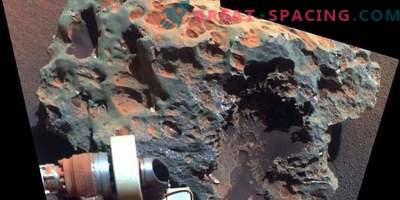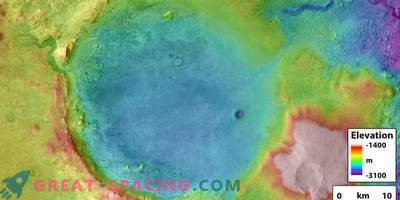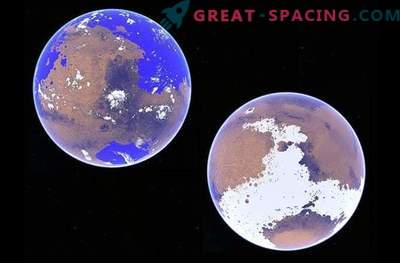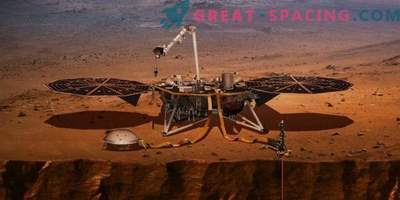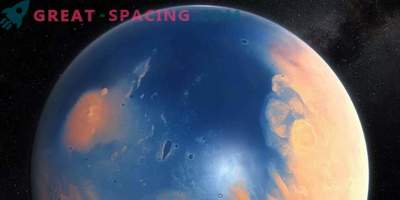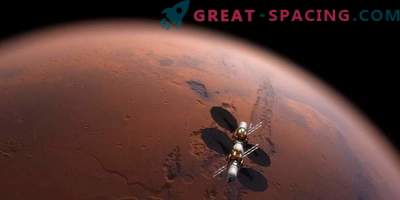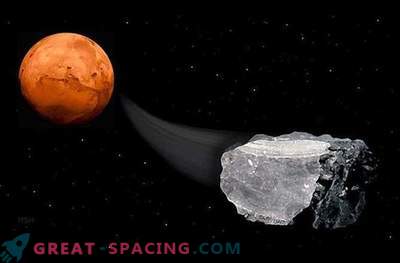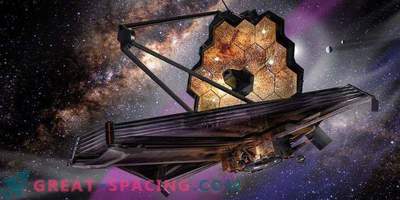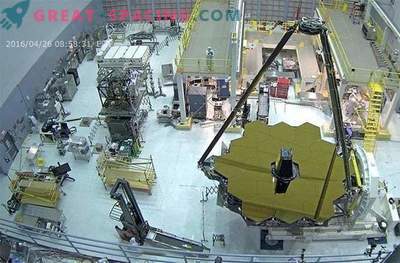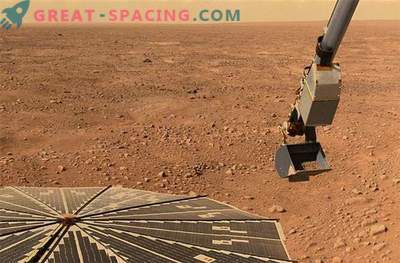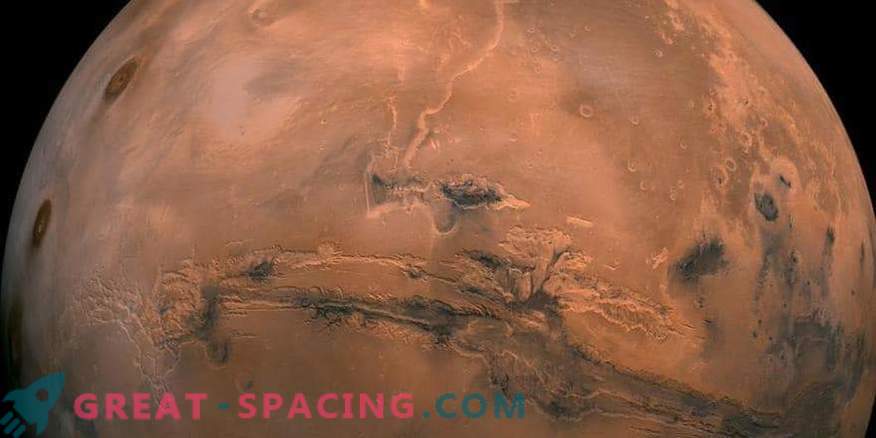
The NASA image is showing the planet Mars. The composite photo was created from 100 shots made by Viking ships in the 1970s. In the Solar System, Mars is the closest relative of the Earth, which has been observed for thousands of years. Scientists believe that after a successful landing on November 26, this attraction will become even stronger
In the Solar System, Mars is perceived as the closest relative of the Earth, which has been closely watched for over a thousand years. Researchers believe that a successful landing on November 26 will only increase human interest. The InSight device must guarantee the study of the interior of the Red Planet. The mechanism uses the device to create a 5-meter tunnel, which will measure the internal heat, register earthquakes, meteorite impacts and other activities on the planet.
Scientists perceive Mars as a mysterious time capsule. It is less geologically active than the Earth, so it managed to preserve most of its early history. Having studied the untouched Martian “heart”, InSight will be able to explain how the rocky planets of the solar system appeared 4.5 billion years ago and why they seem so different.
Venus is so hot that lead melts, and Mercury can be incredibly frosty (the first planet from the Sun). Mars is a cold desert, but the Earth is a paradise for life. Therefore, researchers dream of finding out how the planets develop and what are the main factors of influence. Earthlings are not going to retreat from Mars, because it is important for us to understand how life is distributed in the solar system. Are we alone? Or did someone exist before us? Two years later, NASA plans to begin an active search for evidence of ancient life on the Red Planet. November 19, the agency announced that the future rover Mars 2020 will land in the crater Jezero and collect samples. This is an ancient lake where hints of fossilized ancient organisms could remain. Once again: life in the past, but not living modern Martians.
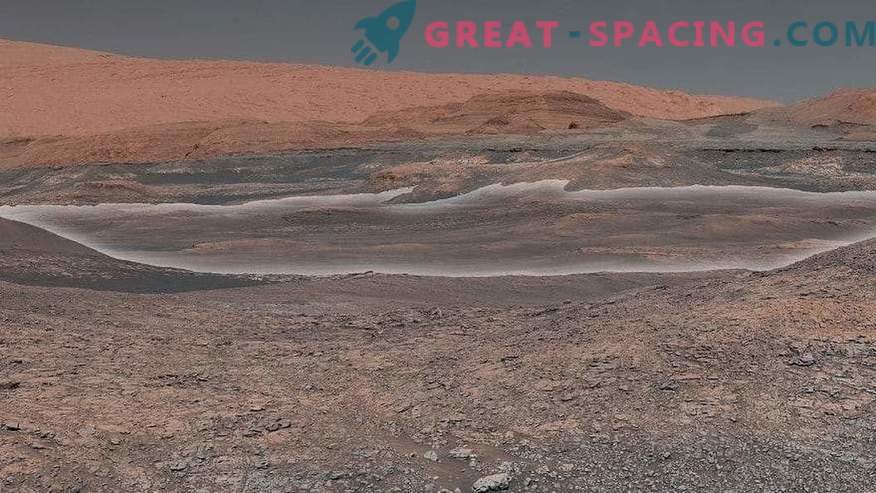
The NASA image was collected from a photo of the Curiosity rover in January 2018. You see a view of the mountain of Aolid, on which the apparatus was raised. In the Solar System, Mars is the closest relative of the Earth, which has been observed for thousands of years. Scientists believe that after a successful landing on November 26, this attraction will become even stronger
Scientists say that the surface of Mars is too cold and dry with a lot of radiation, so now there is no way to find life there. The first observations of the Red Planet date back to the time of Ancient Egypt. But the planet received official status in the 19th century. Italian astronomer Giovanni Schiaparelli began to display the features of the surface of Mars in the 1870s. and described the channels. Many supported the idea that these depressions transport water around the planet, which means that a reasonable race of creatures lives near the equator. This news had a strong influence on the writer HG Wells, who created War of the Worlds in 1897. Interest supported and Ray Bradbury, who in 1950 issued the “Martian Chronicles”. And now let's rewind to our time, where the SpaceX founder Ilon Mask intends to create colonies on Mars. He prefers to develop a strategy for transporting thousands of people.
Musk is so fascinated by Mars that he hopes to die there, “but not from hitting the surface.” However, NASA does not forget to be interested in moon questions. Many believe that the exploration of the moon will be a good step before the flight to Mars, as it will check the space technology and is closer to the home planet. Colonization of the Red Planet is a dream, but a good landing of InSight next week may bring us closer to realization.


